In continuing with my series on lighting, I would like to discuss how you can use light to establish a setting.
People have been manipulating light in film since the medium began, often to illuminate a dark object. But one of the first uses was to trick the audience into thinking the scene takes place somewhere, or some time, it did not. People have been manipulating light in film since the medium began, often to illuminate a dark object. But one of the first uses was to trick the audience into thinking the scene takes place somewhere, or some time, it did not.
Shooting schedules and location limitations often mean a production has to be filmed at night, or on a soundstage, or in the wrong weather. By knowing how light works in nature, and what it should look like in various circumstances, we can fool the mind into thinking a scene was shot in midday, or in a rainstorm, or on a mountain.
Lighting, whether it be real or simulated, is a complicated topic with plenty of conscious choices to make as you build a scene. By manipulating the play of light, you can adjust the apparent Time of Day, the Weather, and the Location of any scene. For digital lighters, it is also important to understand how light behaves in nature, and how to mimic that behavior.
It’s the Perfect Time of Day
The Time of Day is usually determined by a combination of the angle of the sun, the color of the light, and its intensity. As the sun moves throughout the day, the amount of atmosphere the light has to pass through changes, being the thinnest at around noon. This can change the angle of the shadows, the intensity of the light, and the color.
The atmosphere scatters the rays of light, causing the smaller blue wavelengths to weaken, making the red appear stronger in direct light. This means that the more atmosphere the light has to pass through, the more red-shifted the light becomes, and the more the ambient (aka scattered) light appears blue.
This means midday light looks vastly different from dawn and dusk. But the differences between dawn and dusk are far harder to differentiate. Even professional photographers have a hard time showing the difference through just light. The best way to establish dawn vs dusk is to remember the temperature.
Overnight, with no warming sun, the earth cools, causing moisture, often as dew and mist, to settle in. Conversely, the warmth of the day will typically dissipate the moisture, so by evening it is usually gone. When lighting a scene for a morning shot, mist will diffuse the light, producing softer shadows and scattered light, as well as a slight shift in color toward the blue side of the spectrum.
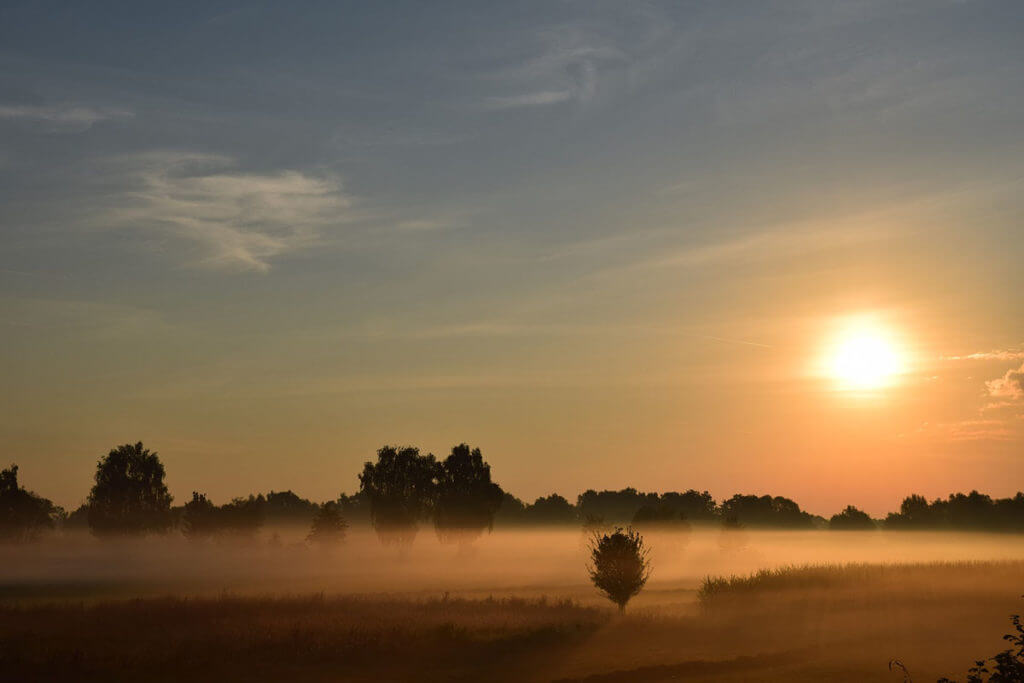
Midday sun also has a few tricks for artists to use. The sun directly overhead will produce the highest contrast between light and shadow, but it also provides little to no shadow and can be too harsh. By angling the light, or waiting until the sun is off center, you can achieve the effect of a midday sun but with better shadows and better play of light across the surface. There is a lot of artistic room to play with, too. The light color at noon, while near white, can be shifted warm or cool; the shadows can also be intensely blue or desaturated.
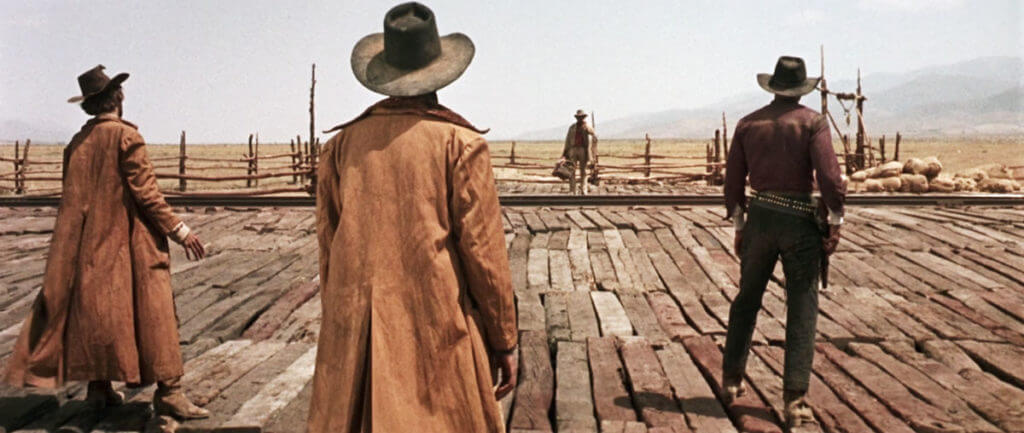
You may have heard of the “golden hour” as time in the early evening before the sun sets when it is less intense and golden in color. It is also often called the “magic hour,” although some insist they are different times, where the magic hour happens after sunset while the sun is still illuminating the sky but not the land. However, the effect is very similar for both: the shadows are softer and blue, and the light is golden.
But don’t let the name fool you, it usually only lasts a few minutes, making films like Days of Heaven (which was entirely shot only during the golden hour) all the more impressive.
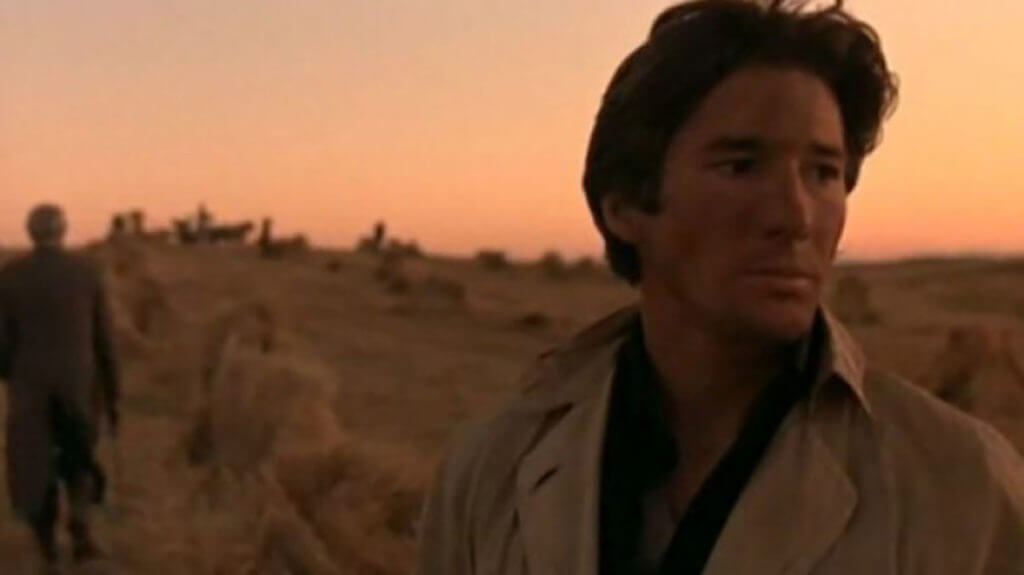
A sunset itself is amazingly beautiful. With the longest shadows, the light itself can be a slew of colors from reds to golds to purples. The best way to show the difference between sunrise and sunset is to pump up the intensity of the colors at sunset.
At night, the light can be very dim and soft, with very soft shadows, especially if all we see are the stars. The moon provides most of the natural light, being purely white with a dim and desaturated true blue for the ambient light. What makes night really fun to play with in film is the introduction of artificial lights. These days, artificial lights can now add a ton of colors and light angles and types. In film, the moon will often be used to provide a backlight (aka Rim Light), while artificial lights will illuminate the subject, although switching the roles is just as valid.
A Little Light Weather
But don’t forget that Weather also influences how a scene is lit. I already mentioned how mist can play a role in the way the morning looks, but there are plenty more conditions to consider. Overcast and rainy days tend to be more desaturated and cool, with blue or gray tones, and little-to-no shadow, with only “ambient occlusion” (aka Contact Shadows) visible. The light tends to be very soft and uniform, which can be perfect for things like portrait photography.
Like mist, fog and smog (smoke + fog) are what digital artists call “volumetric shapes,” meaning they have a presence caused mainly by particles in the air. These can obstruct distant objects and diffuse the light, often changing the color. All atmosphere has some amount of particles floating in it, like dust, which is the main cause of “atmospheric perspective.” These volumetric shapes are essentially the same thing, just more concentrated.
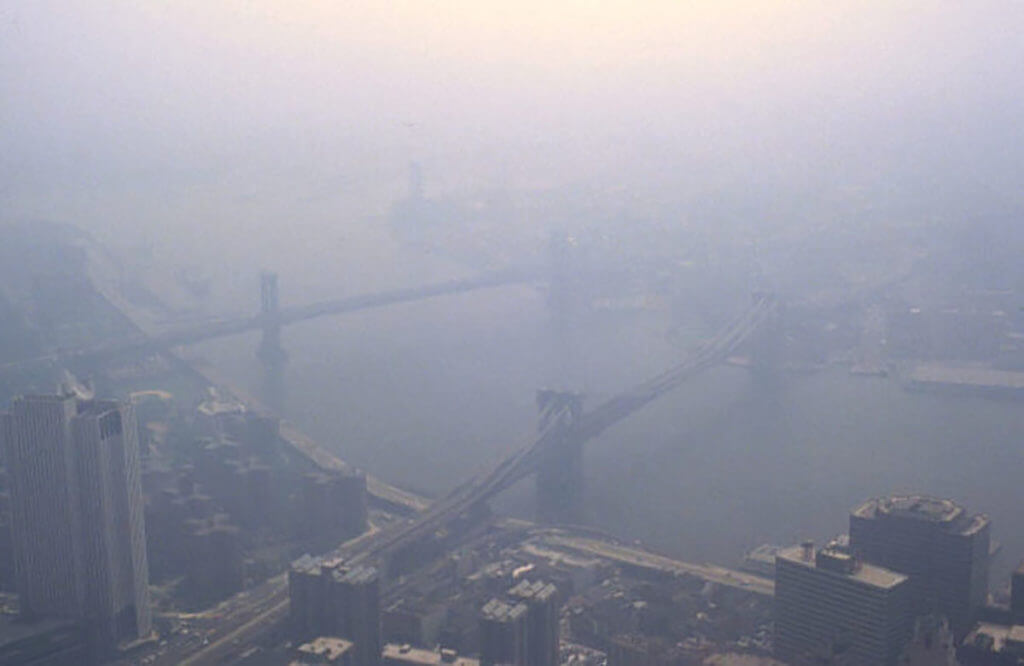
Rain will also diffuse the light while it is raining, and typically occurs on overcast days, making the scene gray with soft light. However, when everything is wet, it also darkens surfaces and adds reflected light, which can be a great way to show surfaces of objects in low light, such as at night.
Ever wonder why so many roads in movies look wet? It’s a trick called a “wet down’ which is used to add contrast by darkening the road, while simultaneously adding specular reflections to provide a play of light. It makes the road look more uniform and clean while making the subject stand out more.
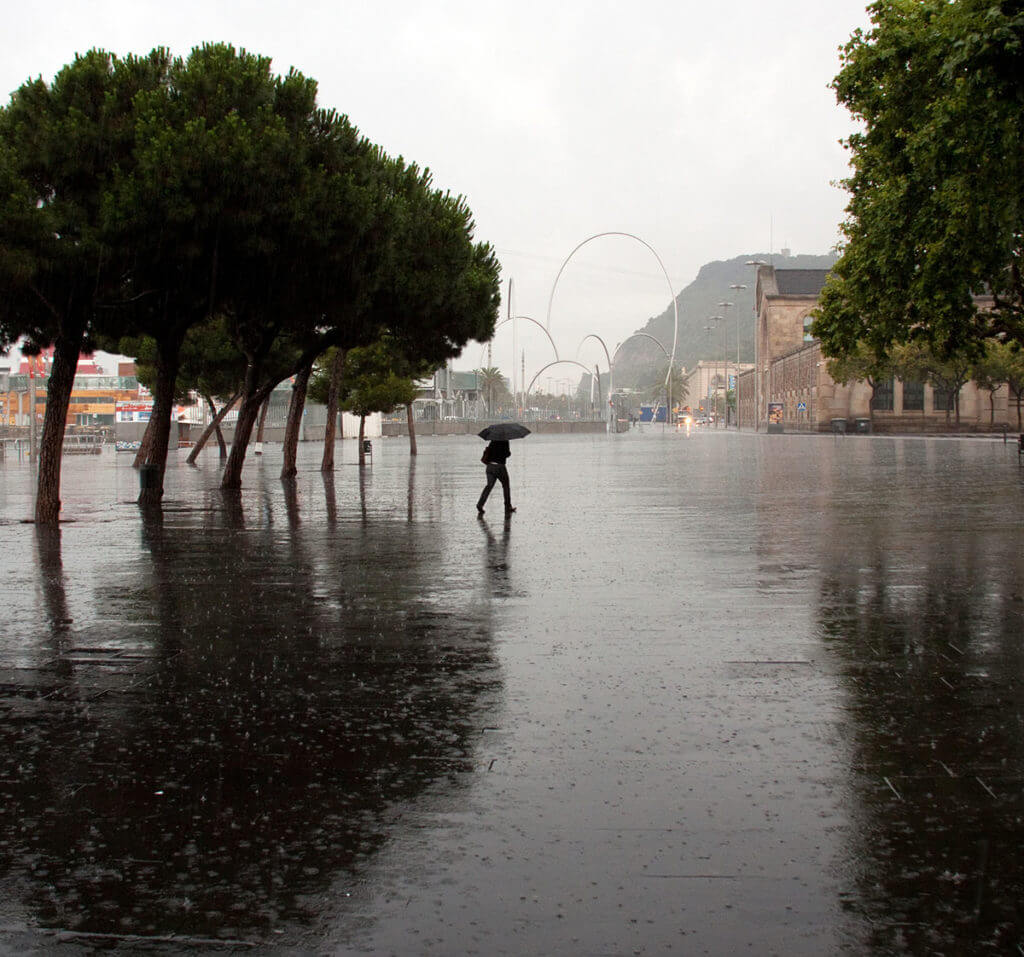
Snow has it’s own qualities to attend to. While it diffuses light while it is falling, it is typically brighter and less contrasty than rain. Shadows are often lifted because the snow itself acts like a giant reflector. This changes the amount of bounce (aka reflected) light in a scene and tends to give a hint of blue to the subjects on a clear snowy day.
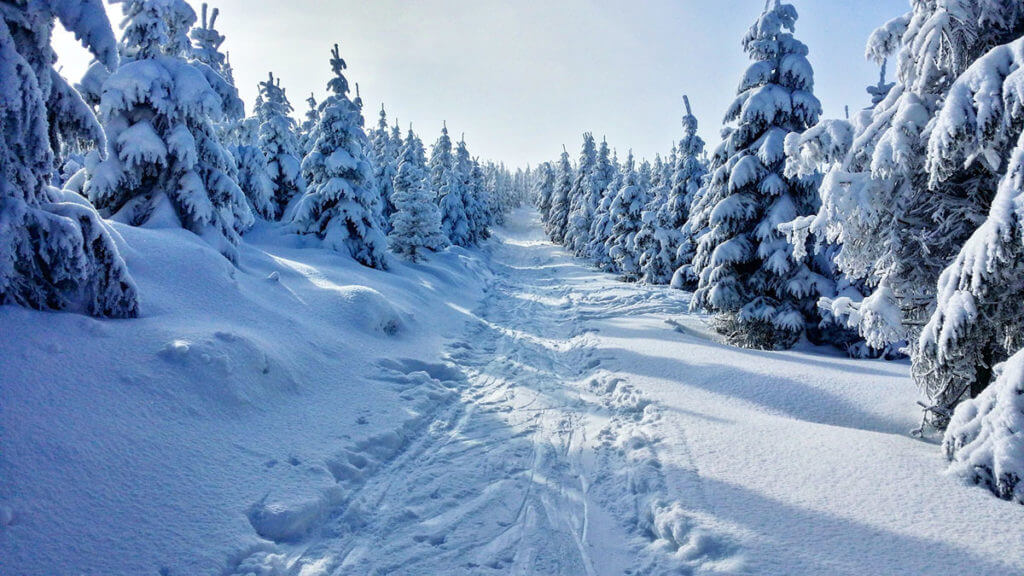
Locations, Locations, Locations
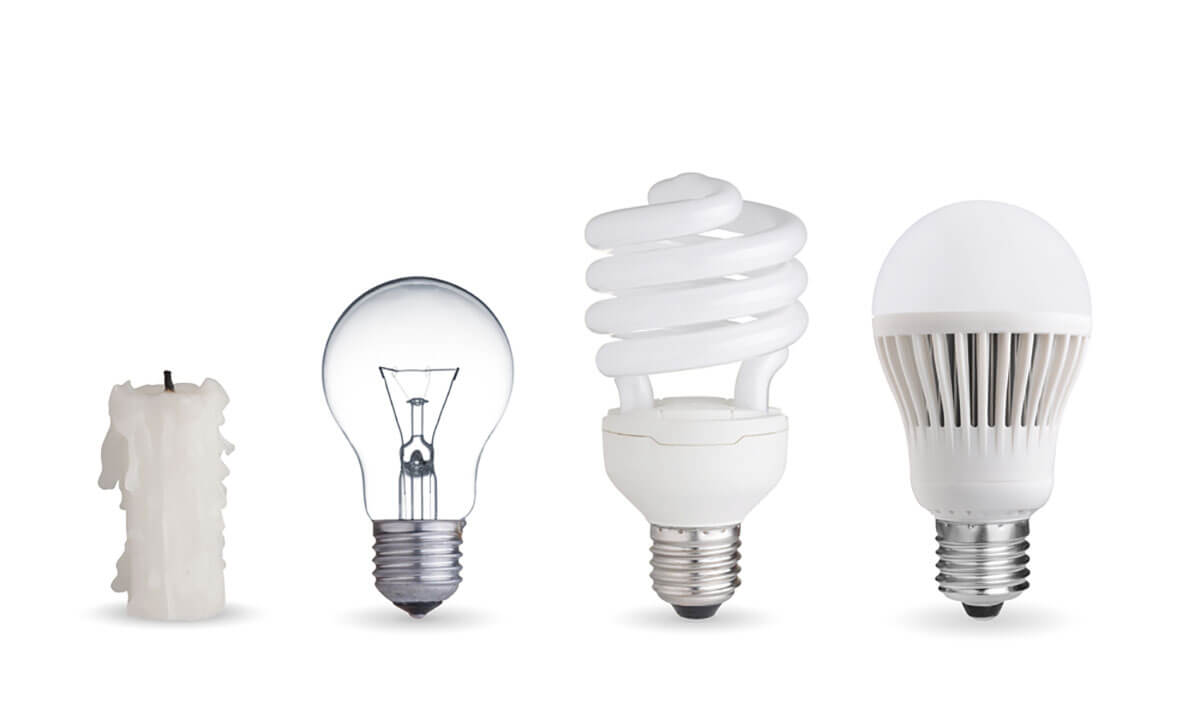
Finally, different Locations have different light qualities. There are a ton of different locations that can affect the way the light looks, and I won’t go into all of them here. But in short you can divide them into Artificial light, Fire light, and Natural light. And, of course, you can even mix artificial lights with firelight, sunlight, or moonlight for the right look.
Artificial lights includes incandescent (aka tungsten), fluorescent, neon, LED, any mix of these, and more. Neon tend to be colorful, allowing artists to add intensely artificial colors to their scenes without looking out of place, such as in Daredevil. Typically tungsten are warm, with an orange hue, fluorescent lights are green and cool, and LED are white or blue. However, all of these can be cheated or adjusted. You can buy LED and CFL (compact fluorescent lamp) bulbs that look as warm as any tungsten.
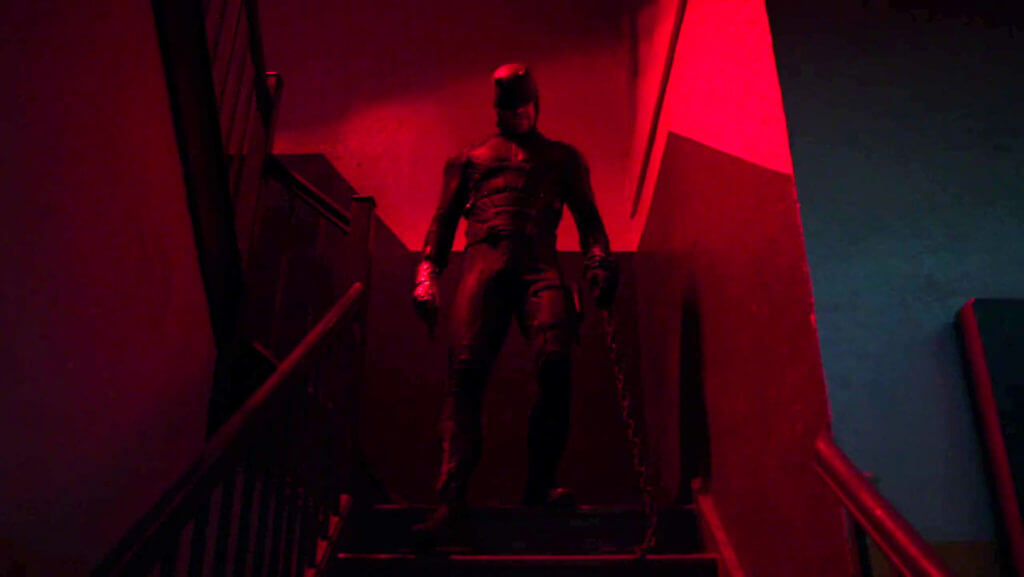
Tungsten, whether by chance or design, mimics the look of firelight and candlelight. Fire is also warm and orange, although it is often portrayed with more yellow when you are closer to it, and red when farther away. The important thing to remember with fire is that it is not a consistent light source, and will flicker and move, causing the shadows to dance around.
Finally, natural light has a variety of locations that change the look of it. Will the inside of a dormant volcano look the same as a beach on an island? Of course not. While there are endless location options that will affect the light, a few unique ones come to mind. Forests and underwater. Forests tend to have what we called dappled lighting, where the sunlight passes through the leaves, leaving a patterned soft shadow on the ground and subjects below, as well as illuminating the scene with green light. Films like Tangled do a great job of demonstrating this.
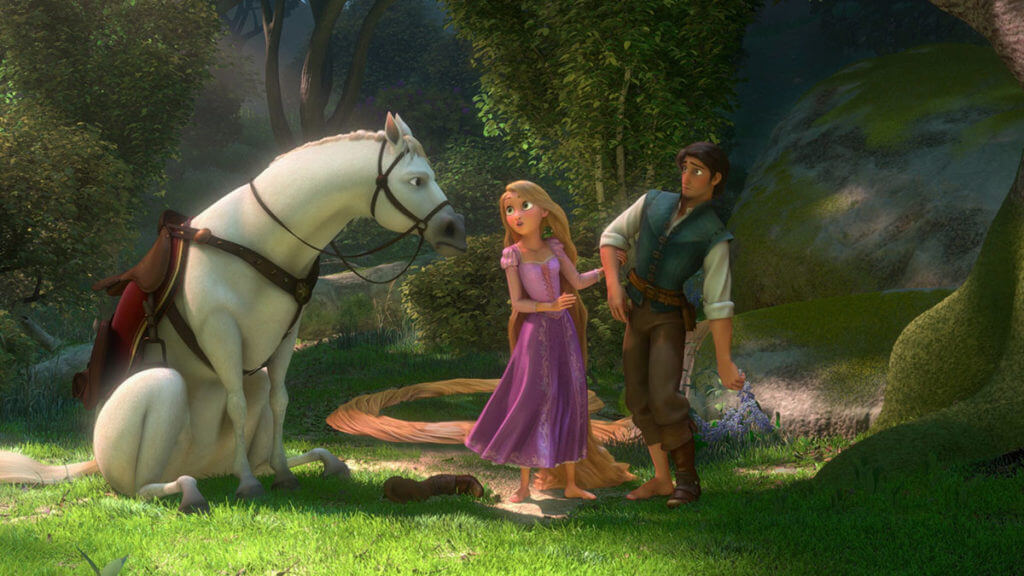
Even though underwater lighting is uncommon, films like Finding Dory, or even our own Tsunami Tuna, take place underwater and need special care.
The water itself absorbs light, making objects at a distance hard to see, and filters out colors. The deeper you go, the more light get filtered out. This affects both the intensity of the light and the size of the wavelength of light that gets filtered out. This means in shallow water, you will still see reds and greens, but in an ocean it is blue, and if you go deep enough it is only black. Typically oceans and large bodies of water (like the Great Lakes) are blue and cyan, while rivers and smaller lakes will look more muddy with browns and greens. Water will also add caustic patterns caused by the movement of water on the surface, as well as particles moving and floating in the water.
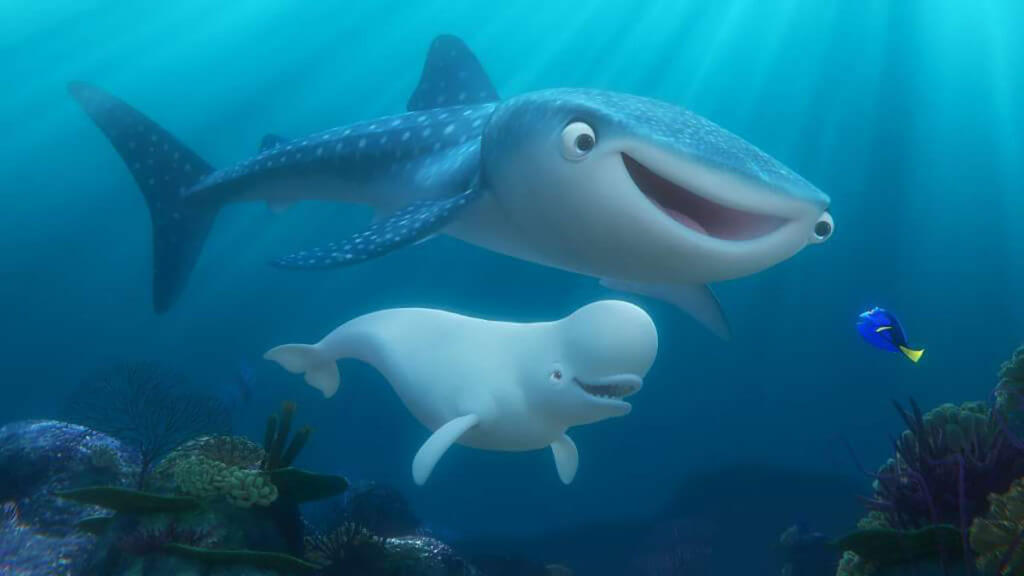
In short, by studying the color, intensity, quality, and angle of light in nature and real world settings, a lighting artist can trick an audience into believing a character is on Mars when they are really only in a sound stage. Digital artists have more control over how they can manipulate light to achieve these effects, but they have to have precise control over every aspect of the light to make it look as natural and normal as possible. The best job a digital lighting artist can do is when no one realizes they did anything. To the audience, Matt Damon is just on Mars.
The information presented here is partially presented from my own experience in lighting, as well as years of study at SCAD. If you would like to learn more, I highly recommend you check out the book Illuminated Pixels by Virginia Bowman Wissler (Virginia Bowman).
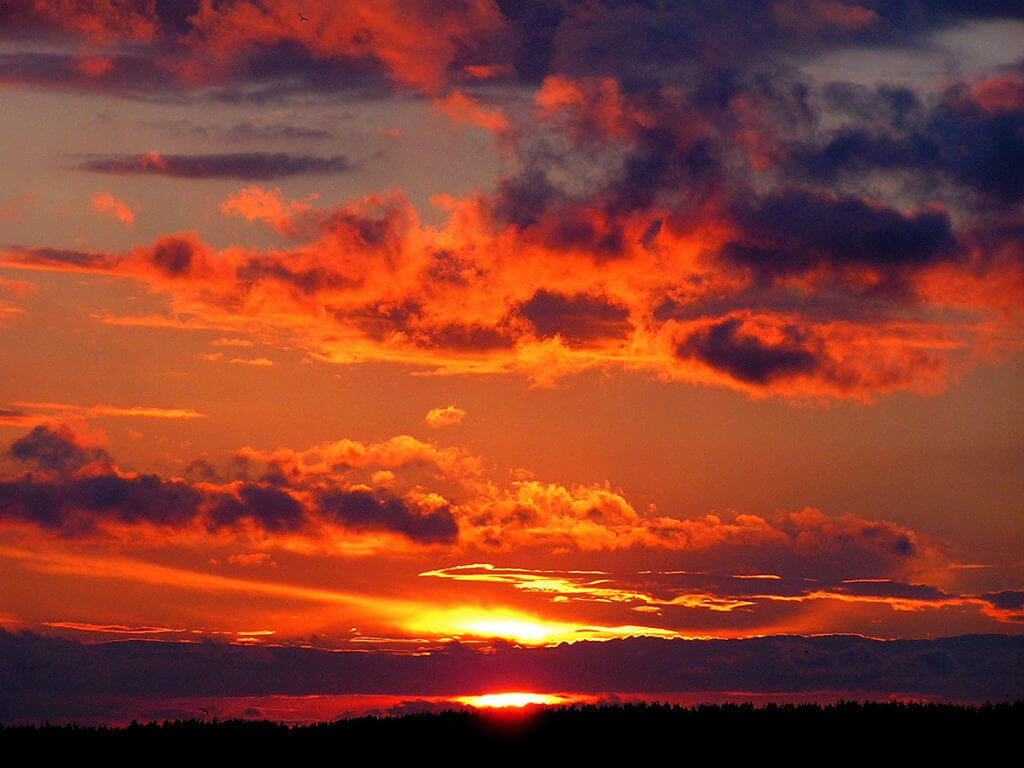
One Response